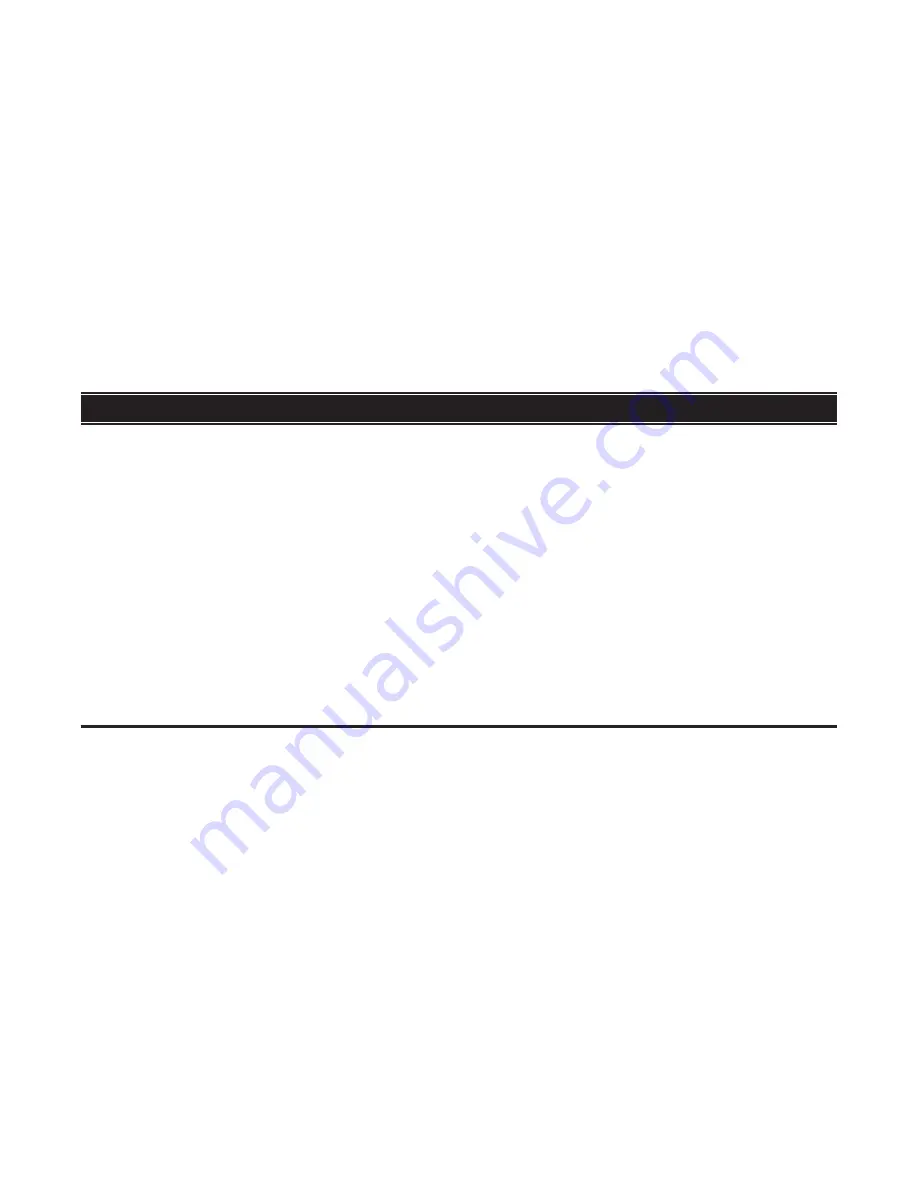
59
SSCBL-RPBL-IOM (10-22) 149159-C
Post-Startup Checklist
Observe burner flame at full fire . Natural gas flame should be about 1-1/2 inches in height with blue coloring .
Propane gas flame should be approximately same height with blue coloring . Yellow tipping may appear on propane
gas . If yellow extends beyond 1/2- to 3/4-inch, adjust air shutters (refer to
section) . If shutter adjustment does not reduce yellowing, check for gas leaks at control manifold or orifice fitting .
Turn unit OFF and ON, pausing 2 minutes between each cycle . Observe to verify smooth ignition . On two-stage or
modulating burner systems, manipulate temperature adjustment slowly up and down to see if control is sequencing
or modulating properly . Raising temperature setting drives burner on or to full fire .
Using manometer or slant gauge readable up to 14 IN WC, check orifice manifold for operating pressure on full
fire . Natural gas should be 3 .5 IN WC at this point . Propane gas should be 10 IN WC at this point . Variations
from these pressures are not recommended as ignition and efficiency performance can be adversely affected by
improper pressure adjustment (refer to
Measure and Adjust Manifold (Outlet) Gas Pressure
section) .
If system is equipped with optional dirty filter switch, refer to
Dirty Filter Switch Adjustment
to set switch .
Place owner’s envelope containing Limited Warranty Card, this manual, and any optional information in accessible
location near heater . Follow instructions on envelope .
⚠ DANGER ⚠
• The gas burner in this gas-fired equipment is designed and equipped to provide safe, controlled,
complete combustion. However, if the installation does not permit the burner to receive the
proper supply of combustion air, complete combustion may not occur. The result is incomplete
combustion, which produces carbon monoxide, a poisonous gas that can cause death.
• For SSCBL models, safe operation of separated-combustion, indirect-fired gas burning equipment
requires a sealed, properly-operating vent system that vents all flue products to the outside
atmosphere. FAILURE TO PROVIDE PROPER VENTING WILL RESULT IN A HEALTH HAZARD
THAT COULD CAUSE SERIOUS PERSONAL INJURY OR DEATH.
• For SSCBL models, install either the horizontal (see
) combustion
air/vent system using the concentric adapter provided. Always comply with the combustion air
requirements in the installation codes and instructions.
• Combustion air at the burner should be regulated only by manufacturer-provided equipment.
NEVER RESTRICT OR OTHERWISE ALTER THE SUPPLY OF COMBUSTION AIR TO ANY HEATER.
CHECK THE COMBUSTION AIR/VENT SYSTEM FOR SOUNDNESS AND FUNCTION AND MAINTAIN
IT IN PROPER OPERATING CONDITION.
ADJUSTMENTS
Belts, Blowers, and Drives
Checking and Adjusting Belt Tension
•
Proper belt tension is important to the long life of the belt and motor . A loose belt will cause wear and slippage .
Too much tension will cause excessive motor and blower bearing wear . Check belt tension as shown in
.
•
If the belt cannot be depressed 3/4 inches (19 mm), as shown in
, adjust the belt tension as follows:
a . Ensure that belt is aligned in pulley grooves properly and is not angled from pulley to pulley .
b . Loosen adjusting screw locknut on motor base and turn adjusting screw until belt can be depressed 3/4 inches
(19 mm) .
c . When correct belt tension is achieved, retighten adjusting screw locknut .








































